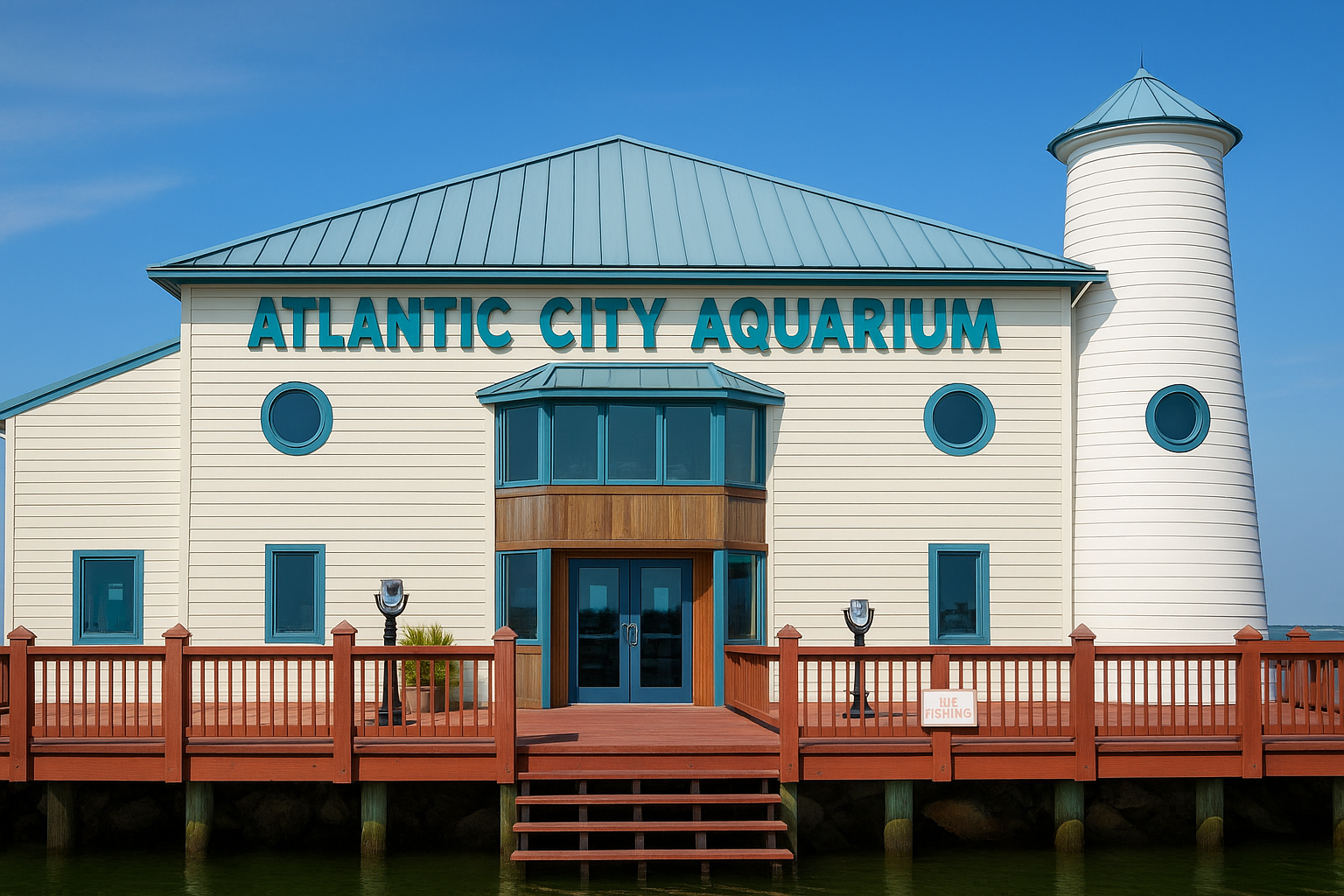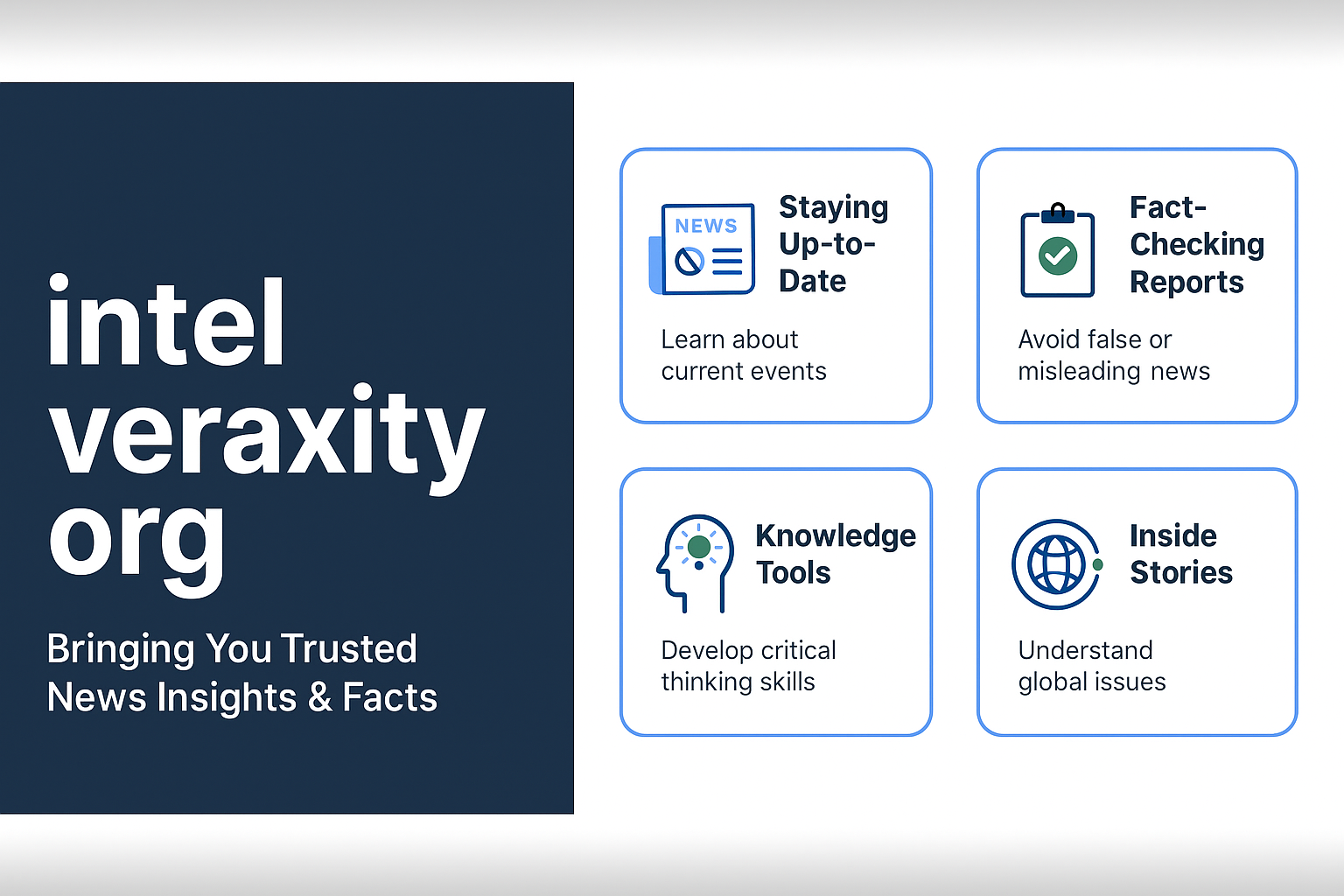When people think of Atlantic City, they often imagine bright casinos and beaches. But there’s another gem waiting to be discovered—the atlantic city aquarium. Located in the Historic Gardner’s Basin, this aquarium offers a fun and educational way to connect with marine life. Whether you’re a student on a field trip, a curious traveler, or a family with kids, the atlantic city aquarium is the perfect place to explore the underwater world without getting wet.
This guide will explain what makes this aquarium special, what to expect on your visit, and how it teaches people of all ages about life beneath the waves.
Where is the Atlantic City Aquarium located?
The atlantic city aquarium is found in Gardner’s Basin, a peaceful waterfront area away from the noisy boardwalk. It’s surrounded by restaurants, boat docks, and fishing areas. This location makes it a calm place to learn, enjoy views of the water, and take cool photos.
Many visitors like to grab lunch nearby, then walk over to the aquarium for an afternoon of fun.
What can you see at the aquarium?
Inside the atlantic city aquarium, you’ll find a variety of ocean animals, including:
-
Tropical fish
-
Sea turtles
-
Stingrays
-
Sharks
-
Sea horses
-
Jellyfish
-
Lobsters
-
Crabs
Each tank is designed to look like the creature’s natural home. Some tanks are small and close, while others stretch across full walls so you can see how big fish move in large groups.
Touch tanks: A favorite for kids and adults
One of the most exciting parts of the aquarium is the touch tank area. Here, you can gently touch live animals like:
-
Horseshoe crabs
-
Starfish
-
Sea urchins
-
Stingrays (in a special touch pool)
Don’t worry—the staff teaches you how to touch the animals safely, both for you and the sea creatures. It’s a hands-on way to learn about marine life and feel more connected to nature.
Educational exhibits for curious minds
The atlantic city aquarium is also a learning center. Each exhibit comes with signs that explain:
-
Where the animal lives in the wild
-
What it eats
-
How it protects itself
-
Why it’s important to the ocean’s health
These facts are written in a way that even a 9th grader can understand. There are also short videos, fun diagrams, and models to help explain tough ideas like ocean currents or animal migration.
Daily presentations and feedings
Throughout the day, the aquarium holds live presentations. Trained staff members teach visitors how certain animals behave, and you might even see:
-
A diver feeding the fish in the big tank
-
Sea turtles coming up to snack on lettuce
-
Sharks moving in circles before feeding time
These shows are fun, fast-paced, and full of cool facts. Plus, they give you a chance to ask questions in person.
Special programs and school visits
Many schools bring students to the atlantic city aquarium on field trips. The programs are matched to science lessons and include:
-
Guided tours
-
Hands-on labs with microscopes
-
Activities about pollution, climate change, and conservation
-
Worksheets and quizzes for classrooms
Students leave with new knowledge and a deeper respect for marine life.
Marine life conservation efforts
The aquarium isn’t just for fun—it also helps protect animals. It works with other groups to:
-
Rescue sick or injured sea turtles
-
Teach visitors about plastic pollution
-
Promote clean oceans through community clean-up events
Some tanks even feature animals that can’t go back to the wild, like fish with injuries or turtles who were rescued.
The building and its design
The aquarium’s building is designed to feel open and bright. Large windows let in sunlight, and wide paths make it easy to move between exhibits. There are also outdoor decks where you can watch boats and birds while taking a break.
Inside, you’ll find gift shops with ocean-themed toys, books, and t-shirts. Snacks and drinks are also available for quick breaks.
How long does a visit take?
Most visitors spend about 1.5 to 2 hours exploring the aquarium. However, some families stay longer to:
-
Watch more feedings
-
Take photos with exhibits
-
Try all the interactive displays
There’s no rush, so you can enjoy each part of the visit at your own pace.
What makes this aquarium different?
Unlike large, crowded aquariums, the atlantic city aquarium is cozy and friendly. Its size allows for more interaction, and staff members often take time to talk one-on-one with guests. You don’t just walk by tanks—you truly learn from them.
Plus, its setting in Gardner’s Basin means you can pair your visit with other relaxing activities like:
-
Visiting nearby shops
-
Eating at a seafood grill
-
Riding a sightseeing boat
What’s new at the aquarium?
The aquarium often updates its displays. Recent additions include:
-
A new jellyfish tank with glowing lights
-
Augmented reality screens that show how ocean animals live
-
A “Trash to Treasure” art exhibit using recycled materials
There are also seasonal events like:
-
Shark Week specials
-
World Ocean Day activities
-
Holiday light displays
Accessibility and visitor tips
The building is wheelchair accessible, and there are signs in large print for easy reading. Here are some helpful tips for your visit:
-
Arrive early to avoid crowds
-
Bring a camera, but don’t use flash near tanks
-
Wear comfy shoes for walking
-
Ask questions—staff love to share cool facts
Discounts are often available for students, seniors, or groups.
Why teens love visiting
Teens enjoy the atlantic city aquarium because it offers:
-
Cool photo spots (hello, Instagram!)
-
Real science in action
-
Easy ways to learn without getting bored
-
Ideas for school projects or essays
-
Chill zones to relax and watch the fish
It’s also a great place to volunteer or join summer programs if you’re interested in marine biology.
How does the aquarium protect marine animals?
Animal safety comes first. Each tank has:
-
Temperature controls to match ocean climates
-
Filtration systems to keep water clean
-
Staff that checks animal health every day
Animals are fed healthy diets, and tanks are cleaned carefully. The aquarium also limits light and sound to avoid stress.
What do people say about their visit?
Many reviews mention how fun and friendly the experience is. Visitors often say:
-
“It was smaller than I expected but packed with great exhibits.”
-
“The staff really knew their stuff and made science fun.”
-
“My kids didn’t want to leave the touch tank!”
-
“We saw a turtle get fed lettuce—it was awesome!”
People love the hands-on style and peaceful vibe.
How to support the aquarium
You can help the atlantic city aquarium by:
-
Visiting and telling others
-
Donating or adopting an animal (symbolically)
-
Buying items from the gift shop
-
Attending special events
-
Following them on social media
Every little bit helps keep the animals safe and the programs running.
Best time to visit
Weekdays are usually less crowded. Spring and fall are perfect for avoiding long lines and enjoying cooler weather outside. If you’re going in summer, mornings are best.
Be sure to check the website for seasonal hours and any closures.
Conclusion
The atlantic city aquarium is more than a building with fish—it’s a place where people connect with the ocean in real ways. Through hands-on exhibits, friendly guides, and a focus on learning, the aquarium makes science exciting for visitors of all ages.
Whether you’re there to pet a starfish, watch a stingray swim by, or learn how jellyfish move, there’s always something amazing to see. So next time you’re in Atlantic City, don’t just head to the boardwalk. Take a detour to atlantic city aquarium—your gateway to the ocean’s hidden wonders.
FAQs
Is the aquarium good for young kids?
Yes! It has hands-on exhibits and safe, easy paths for strollers.
Can I take pictures inside?
Yes, but flash photography is not allowed near the tanks.
Is food available?
Snacks and drinks are sold inside. You can also eat nearby at Gardner’s Basin.
Do I need to buy tickets in advance?
You can buy them at the door, but online tickets help you skip the line.
Is there parking nearby?
Yes, there’s free parking right next to the aquarium.
Do they have group discounts?
Yes, school groups and tour groups can get special rates by booking early.







Leave a Reply